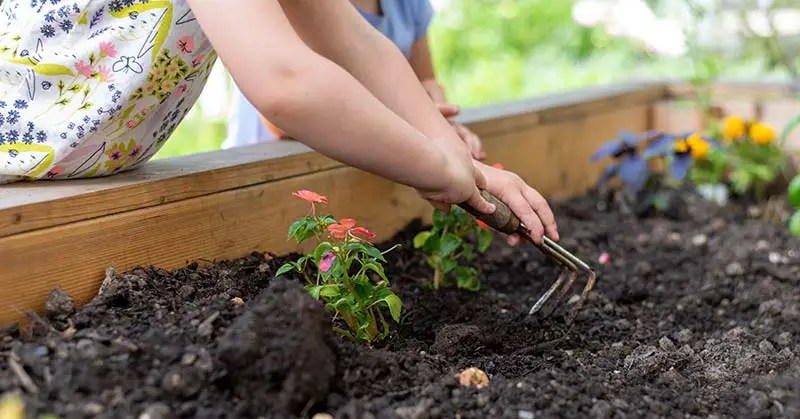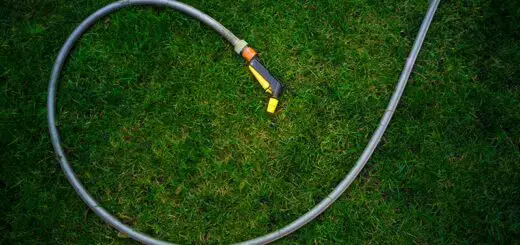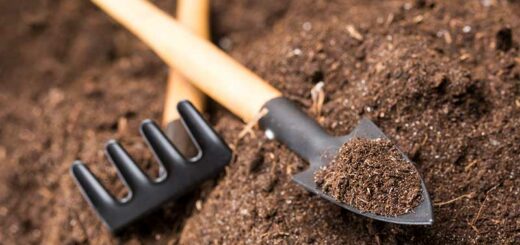Harnessing the Benefits of Triangular Raised Garden Beds
Triangular raised garden beds are revolutionizing the way we approach home gardening. This innovative design is visually appealing, maximizes space, and promotes healthy plant growth. So whether you’re a seasoned gardener looking to spice things up or a beginner searching for an easy start, triangular raised garden beds are your solution.
This blog post will delve into the benefits of this unique garden structure, sharing insights on designing, building, and maintaining one effectively. We’ll also share some successful case studies that inspire you to create your triangular oasis.
Let’s dive into the world of triangular raised garden beds and discover their potential for transforming your green space.
Unique Benefits of Triangular Raised Garden Beds
Triangular raised garden beds provide unique benefits that set them apart from conventional square or rectangular designs. Let’s delve into some of these exceptional perks.
Efficient Space Utilization
The triangular design allows for efficient space utilization, especially in small or oddly shaped yards where maximizing every square foot is essential. In addition, because triangles can fit neatly together or into corners, they are an ideal choice for making the most available space.
Optimizing Small Spaces: Triangular beds can be placed in corners or along edges, freeing up central spaces for other uses. They also allow you to create exciting patterns and layouts in smaller gardens, enhancing their visual appeal.
Garden Design Flexibility: The triangular shape can also create interesting and aesthetically pleasing garden designs. Combining multiple triangular beds allows you to form hexagonal or diamond shapes, adding a geometric element to your garden’s layout.
Aesthetic Appeal and Creativity
A triangular raised bed introduces creativity and aesthetic appeal that can be a refreshing break from the more common rectangular layouts.
A Break from Traditional Layouts: The distinctive shape allows you to experiment with your garden design, offering an innovative, unique look that sets your green space apart.
Visual Harmony in Garden Landscaping: Triangular beds can provide a sense of visual harmony, primarily as part of a broader landscaping strategy. They can echo other triangular or geometric features in your garden or home.
Crop Variety and Companion Planting
Triangular raised beds can also offer benefits regarding what and how you plant.
Ideal for Three Sisters Planting: This traditional Native American agricultural practice involves growing corn, beans, and squash together in the same mound. The triangular shape of the bed is perfect for this method, with each corner dedicated to one of the “sisters.”
Potential for Microclimates: The triangular shape allows you to take advantage of different sun exposures within the same bed. Each corner can have a slightly different microclimate, which means you can plant various crops in the same bed that may require other growing conditions.

Designing Your Triangular Raised Garden Bed
Designing your triangular raised garden bed involves more than simply deciding its dimensions. It also requires careful thought about the location, materials for construction, and soil choice. Here’s a step-by-step guide to designing your ideal triangular raised bed:
Step 1: Choosing the Right Location
Location is key. Consider the amount of sunlight your garden area receives. Most vegetables and flowers need at least six hours of direct sunlight daily, although some crops can tolerate partial shade.
Also, ensure the area has good drainage and is easily accessible for tending and watering plants.
Step 2: Determining the Ideal Size
Size is an essential factor when it comes to raised garden beds. The bed should be small enough to comfortably reach the middle from any side. A good rule of thumb is to keep the sides no longer than 4 feet. As for the height, it should ideally be between 1 and 2 feet.
Remember, the higher the bed, the less bending required, which can be easier on the back.
Step 3: Materials for Construction
When constructing your triangular raised garden bed, several material options exist. Untreated wood is popular due to its natural, rustic look and durability. However, you can also use concrete blocks, bricks, or composite boards.
Use safe materials that will not leach harmful chemicals into your soil.
Step 4: Soil and Compost Selection
Fill your bed with a mix of topsoil, compost, and other organic material to create a rich, fertile environment for your plants. This mix will ensure good drainage and give your plants the nutrients they need to thrive.
A general recipe might be 60% topsoil, 30% compost, and 10% potting soil or vermiculite to aid drainage.
Building Your Triangular Raised Garden Bed: A Step-by-step Guide
Creating your own triangular raised garden bed can be a fulfilling project. Follow these steps to build your raised bed:
Preparing Your Materials
Gather your materials based on your garden bed’s chosen dimensions and design. You’ll need planks for the sides, screws or nails to hold them together, and a saw to cut the planks. Remember to choose untreated, rot-resistant wood to avoid harmful chemicals leaching into the soil.
Marking the Ground
Choose your desired location and directly mark the triangular shape on the ground using string and stakes. Ensure all sides are equal if you’re aiming for an equilateral triangle.
Constructing the Bed
Start with cutting the planks to the correct length according to your design. Arrange the planks to form a triangle, then screw or nail the corners together to secure them. Ensure the joints are tight and secure.
For added stability, consider adding posts at the corners, extending them beneath the bed into the ground. Use horizontal support along the walls to prevent bowing if your mattress is exceptionally high.
Filling with Soil and Compost
Once your frame is secure, line the bottom with a layer of cardboard or newspaper to prevent grass or weeds from growing into the bed. Then, fill the bed with your prepared soil mix, compost, and other organic matter.
Ensure it’s filled to about 1 inch below the top edge to allow for settling and to prevent overflow when watering.
Planting Your First Crops
After filling the bed, you can plant your chosen crops. Consider companion planting principles or strategies like the “Three Sisters” method for a diverse and beneficial plant mix.
Maintaining Your Triangular Raised Garden Bed
Maintaining a triangular raised garden bed is an integral part of ensuring the longevity of your garden and the productivity of your plants. Here are some key aspects to consider:
Watering Techniques
How you water your plants can significantly affect their growth and health. First, water deeply and less frequently to encourage plants to develop deep root systems.
Early morning is the best time to water, as it allows the water to reach the root system before the heat of the day can cause it to evaporate.
Nutrient Management
Over time, the nutrients in your raised bed will get depleted. Therefore, it’s crucial to replenish these nutrients regularly. This can be done by adding compost or a balanced organic fertilizer to your bed at the start of each planting season.
Pest and Disease Management
Check your plants regularly for any signs of pests or disease. Many issues can be prevented by removing affected plants, using organic pesticides, or introducing beneficial insects.
If a disease repeatedly occurs, consider crop rotation in your planning stages to avoid recurring issues.
Seasonal Maintenance and Care
At the end of the growing season, remove old plants to reduce the spread of disease and pests. Add a layer of compost or cover crop to replenish the soil nutrients.
If you live in a cold climate, consider covering your beds with a thick layer of mulch or straw to protect them in the winter.
Final Thoughts
Triangular raised garden beds provide a unique and highly functional alternative to conventional garden beds. Their visually appealing geometric design maximizes space utilization, making them an excellent choice for any garden.
Whether you’re an urban gardener looking to optimize your small space or a seasoned gardener seeking a creative layout, triangular beds can bring a fresh perspective.
They offer the flexibility of growing various crops and the potential for creating microclimates and are even perfect for traditional planting methods like the Three Sisters.
Building and maintaining these triangular raised beds requires planning and effort, but the rewards are bountiful. From designing to planting and maintenance, this blog post has provided you with all the steps to introduce this innovative garden design to your green space successfully.
Remember, the key is to use materials that are safe for your plants, select the right location, and ensure regular care for the health of your garden. Why not harness the benefits of triangular raised garden beds? It’s time to let your gardening creativity blossom.



